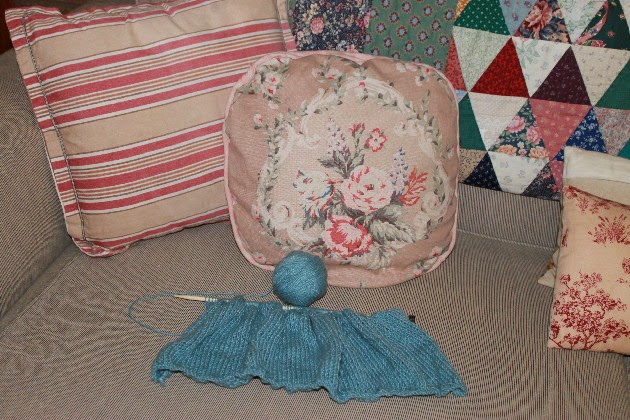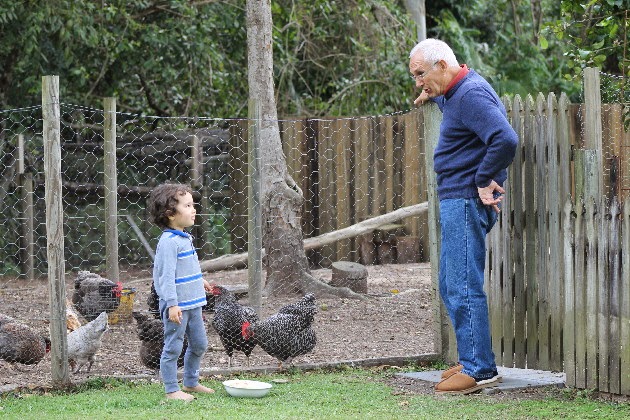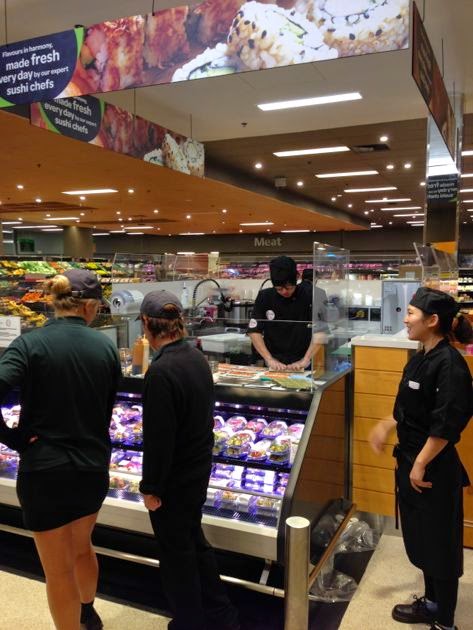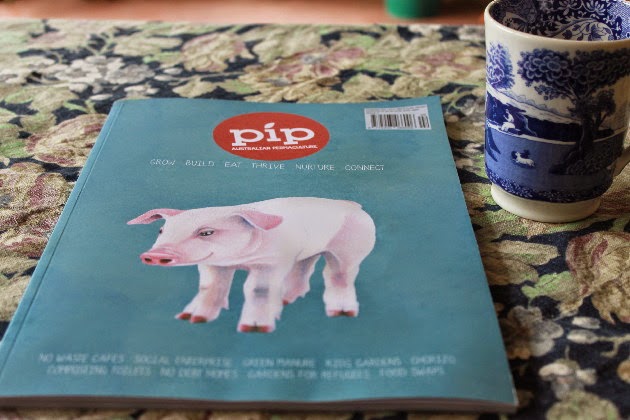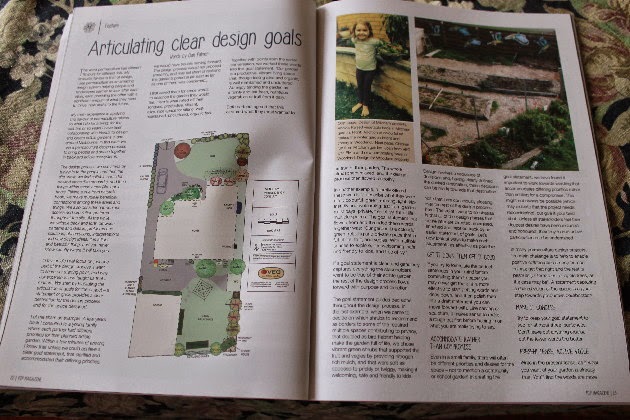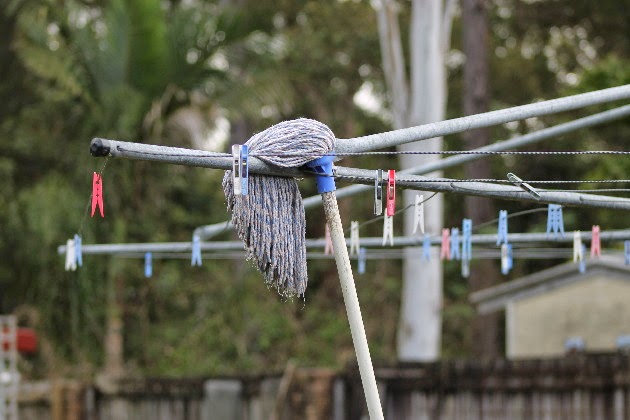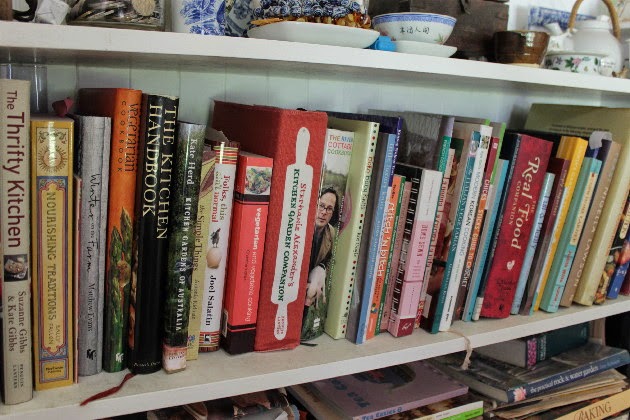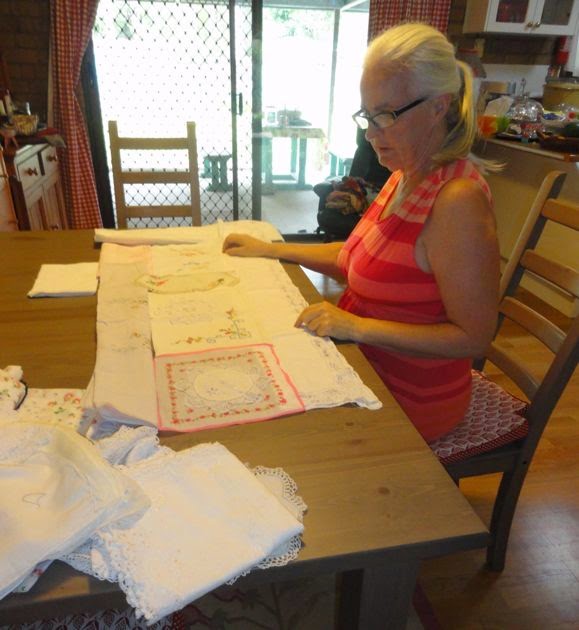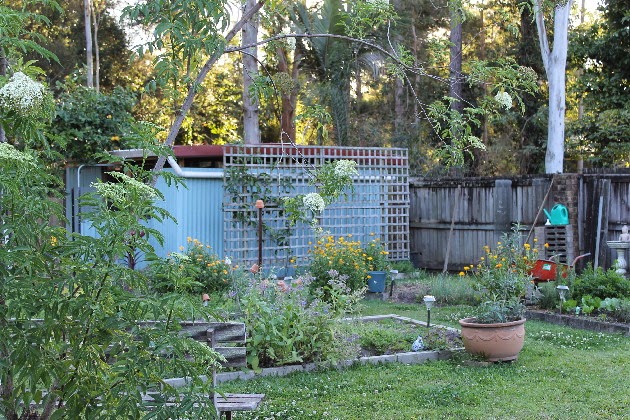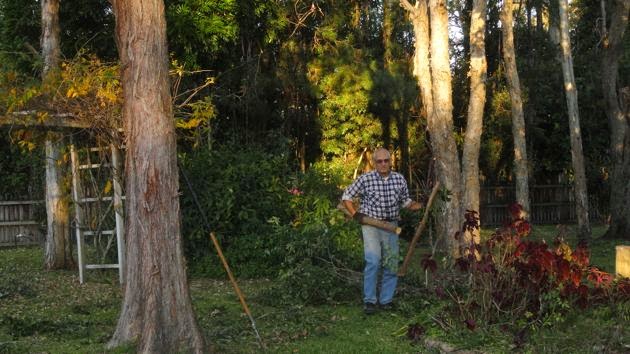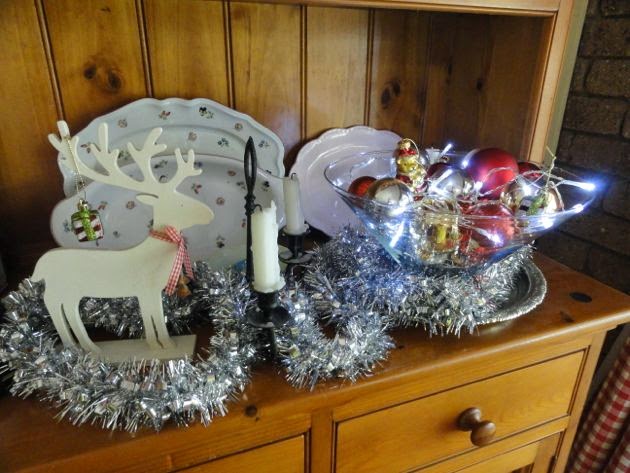These are my jars of bits and pieces for knitting and sewing. They're filled with small scissors, pins, stitch holders, place makers and darning needles.
I love being surrounded by good quality yarn.
Soon I'll be doing my summer knitting. The point in the year that marks the start of summer for me is when the first cricket test match starts. Usually that is late November or early December. This year the first ball is bowled on 4 December and on that day I will be ready with my knitting basket on one side and a cold drink on the other. I know another lady, Sue in Perth, who does the same thing. : - ) I sit there, take it all in and know that for me, the hot months ahead will be made better by clicking those needles together and looping yarn around them. These test matches start at 11am so it gives me ample time to organise my chores or water the garden before the time comes to take my seat and pick up my needles. It's a nice easy start to summer for me.
November and December is a good time to get last minute Christmas gifts organised and finished, then I go on to new or larger projects. At the moment I'm knitting something for myself - a blue organic cotton sleeveless vest. I think it will be good to wear on those very hot days when we have the air conditioner going and I need something light on my back. I've just gone through a period of knitting cotton dish cloths. I did some as samples for my library talks and some as gifts. Over summer I'll knit another batch of about ten to have on hand here.
My knitting books.
What inspires you to knit? I have several knitting books and usually go through them when I'm looking for a project, but I also browse Pinterest, Ravelry and Knitty for ideas as well. It doesn't matter how you're inspired to knit but it matters that you are. I can't imagine a world with no hand knits and no knitters. Happy knitting everyone!
Great knitting blogs
My sister's knitter
Knitting to stay sane
Queerjoe's knitting blog
Wendy knits
Queen of the tea cosies

